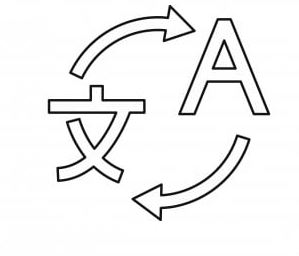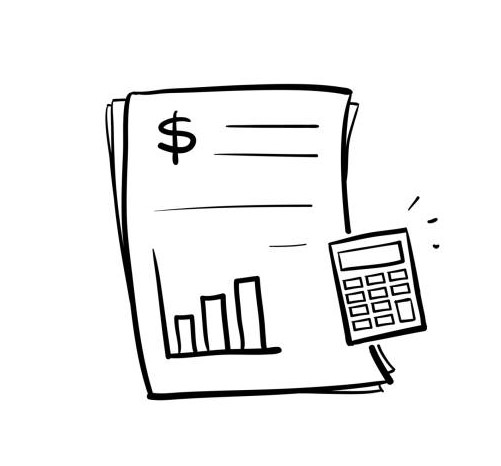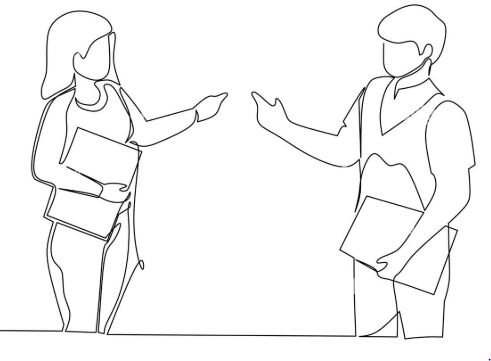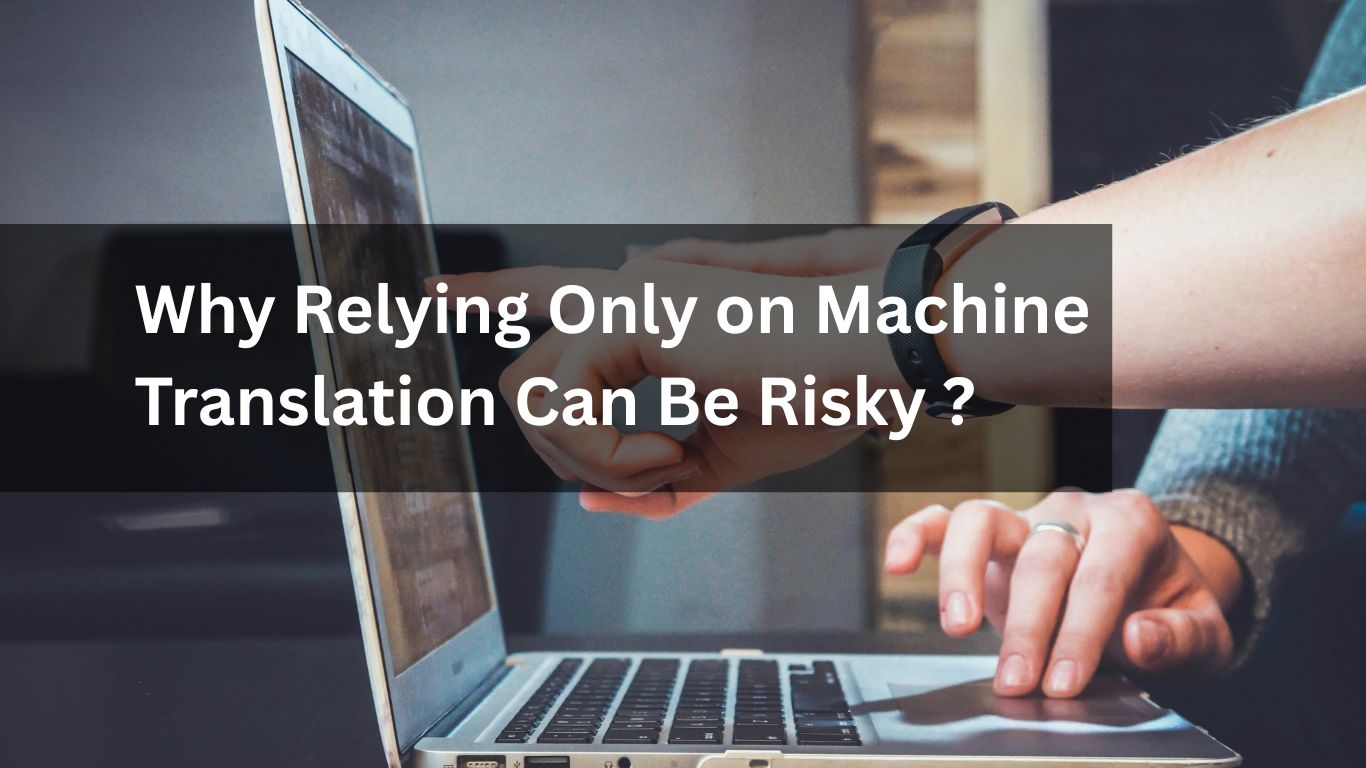Why Relying Only on Machine Translation Can Be Risky
In an era of rapid globalization and shrinking budgets, many companies turn to machine translation (MT) as a quick fix for breaking language barriers. At first glance, it seems like a smart decision — fast, inexpensive, and increasingly sophisticated.
But here’s the catch: saving money today by relying solely on machine translation can lead to far greater costs tomorrow.
From damaged brand reputation to legal risks and lost business opportunities, the consequences of cutting corners on translation are real — and growing.


1. Machine Translation Is a Tool, Not a Solution
There’s no doubt that MT has come a long way. Thanks to AI and neural networks, platforms like Google Translate and DeepL can translate general content with impressive speed. But even the best machine translation engines still struggle with:
1. Industry-specific terminology
2. Cultural nuances
3. Tone and brand voice
4. Contextual accuracy
That’s because machines don’t “understand” language — they predict it. And when accuracy matters, predictions aren’t good enough.
2. The Real-World Risks of Poor Translation
Many companies overlook the long-term consequences of poor-quality translations, including:
Legal liabilities: Inaccurate translations in contracts, compliance documents, or financial disclosures can lead to serious legal repercussions.
Brand damage: A mistranslated tagline or poorly localized website can make your brand look unprofessional — or worse, offensive.
Customer confusion: Misleading instructions or unclear product information can frustrate customers and lead to returns, bad reviews, or churn.
Lost trust: In industries like healthcare, finance, and law, mistranslation can erode trust and credibility instantly.
What looks like a cost-saving decision can quickly turn into a brand-breaking mistake.


3. Short-Term Gain, Long-Term Pain
Yes, machine translation is fast and cheap. But consider this:
If you’re translating your marketing materials with no human oversight, are you truly communicating your brand values?
If your legal team relies on MT to review foreign contracts, how sure are you about what’s being agreed to?
If you’re sending machine-translated content to a global audience, are you respecting their culture and language?
The savings today may be far outweighed by the damage tomorrow — whether it’s a lost deal, a PR crisis, or a compliance failure
4. The Smarter Alternative: Human Expertise + Machine Efficiency
The most successful global companies don’t choose between machine and human translation — they combine bothstrategically:
Use MT for speed and volume (e.g., internal communication or bulk content).
Use professional human translators for client-facing, legal, or sensitive content.
Invest in post-editing to ensure machine outputs meet industry and brand standards.
This hybrid approach ensures you get the best of both worlds — efficiency without sacrificing quality.


How Quadrate Helps You Avoid Costly Mistakes
At Quadrate, we’ve spent over 17 years helping organisations across industries communicate accurately and culturally appropriately — in every language.
We offer:
- Certified human translation for high-stakes content
- Post-edited machine translation for speed and scale
- Localization services that adapt content to fit your target audience’s culture
- Expertise in finance, legal, government, and technical sectors
- When accuracy, clarity, and brand trust matter, cutting corners is never worth it.
Need Accurate and Reliable Translation Services ?
Machine translation is here to stay — and rightly so. It’s a valuable tool when used correctly. But relying on it blindly to cut costs can create bigger problems down the road.
If your global communication strategy matters, invest in quality. Because in language, just like in business, you get what you pay for.
Ready to translate the right way? Let’s talk.
Explore Translation Services at Quadrate
Top Translation Mistakes Businesses Make with Machine Translation


